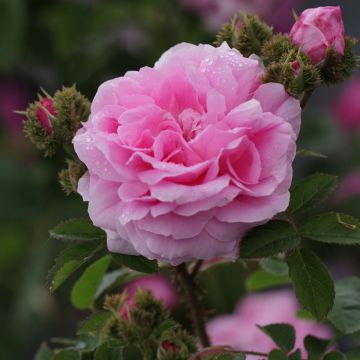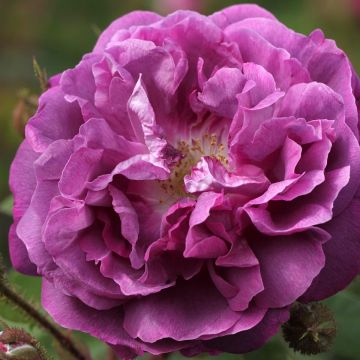Centifolia Roses
Would this plant suit my garden? Set up your Plantfit profile →
Available in 3 sizes
Available in 2 sizes
Available in 2 sizes
Available in 2 sizes
Available in 2 sizes
The Rosa centifolia, also known as hundred-leaved roses, cabbage roses, Provence roses, or painter's roses, are the ones depicted in the paintings of Dutch masters from the 17th century. These ancient roses are recognisable by their large, globular, very full and fragrant flowers, much like the May Rose or Rosa centifolia muscosa. "Hundred-leaved" refers to the number of petals that make up the flowers. They are beautiful bushes with a flexible habit, very thorny stems, green-grey foliage, and less dense vegetation than alba or gallica roses. Their flowering is not perpetual, the flowers are often leaning to the side and always exude a pronounced sweet fragrance. Known since ancient times, Rosa centifolia has given rise to numerous varieties, first in Holland and then in France. A small number have made their way to our gardens, such as 'Fantin-Latour', with true pink flowers, or 'Napoleon's Hat' with curious crested mossy buds.
.
Haven't found what you were looking for?























































